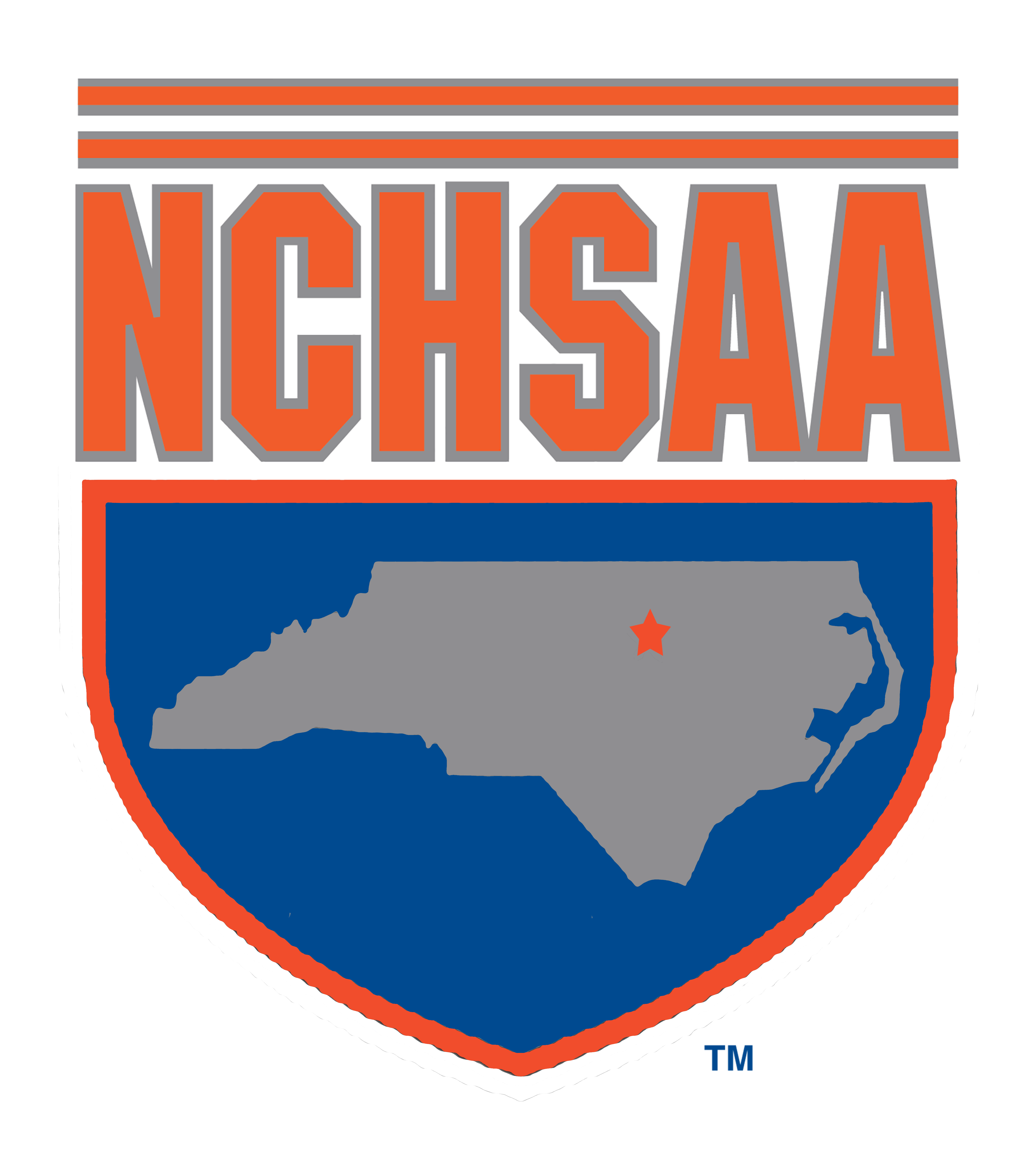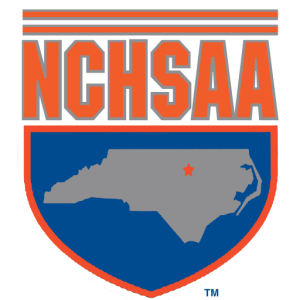FOR IMMEDIATE RELEASE
Contact: Dan Schuster
INDIANAPOLIS, IN (August 10, 2023) — A two-course series focused on student leadership is the newest additions to the National Federation of State High School Associations’ (NFHS) online education platform, the NFHS Learning Center. All new offerings are available to users at no cost.
“We are excited to introduce these new courses to our expanding library of courses for the interscholastic community,” said Dan Schuster, NFHS director of educational services. “We believe these courses will bring value to those who take them and will contribute to improving the interscholastic experience for young people.”
The course in the student leadership series, which was developed through a partnership with the Michigan High School Athletic Association, is titled “Becoming a Leader.” Using real student testimonials, the course is focused on defining what a student leader is and does, as well as providing a foundation for students to build on their own leadership capabilities. A large portion of both courses is self-reflective and encourages students to think about how the presented materials apply to the unique dynamics on their teams and in their schools and communities.
Following a brief self-evaluation, students learn two of the most important characteristics of leadership – knowing “when to show up” and “how to show up.”
The course explains that to be an effective leader, students must understand that not every situation calls for their unique brand of leadership, and that sometimes they must be a follower depending on the goal and the group needing to be led. Examples of each scenario are provided, along with more student testimonials describing the balance between leading and following.
“How to show up” addresses the wide range of roles and responsibilities a leader may have on his or her team with regard to communication, motivation, positivity and other areas. Reacting properly during critical moments and understanding how those reactions have a larger impact on the team is another major theme and sets up the course’s final section on the two leadership pathways – taking action and taking care.
This unit covers how “taking action” to help the team succeed can be executed in a variety of ways and is not limited to a student’s sports team, but can also take place within activity groups, the entire student body, and the community overall. Meanwhile, “taking care” revolves around a leader’s ability to generate and develop relationships with teammates and the impact it can have on each team member’s sense of value.
Once they have completed the “Becoming a Leader” curriculum, students are invited to take the “Leading Others” course, which delves further into specific leadership roles and how students can choose the role that best suits them. The goal of the course is not to make every student an expert in every leadership role, but to make them aware of each role and give them the tools necessary to improve at each role if they so choose.
After a quick review of the major points from part one, “Leading Others” quickly jumps into the four leadership roles – the playmaker, the motivator, the ally and the team representative – and the skills required to embody each one.
The course depicts the playmaker as an on-the-field leader whose primary responsibility is to set goals, both individually and for the team. This section presents a step-by-step guide to setting both performance goals and ultimate team goals and includes commentary from real-life “playmakers” on how they approach goal-setting for their teams.
The next chapter dissects the role of the motivator, an inspirational leader who controls the emotions of the team. Students lay the foundation for their potential as motivators by reviewing the “ABCs of Emotional Control” and receiving additional instruction from a mental performance coach.
A good listener who brings the team together, the ally is the third leadership role discussed in this unit. Team building and cohesion are the central skills presented for allies, as students are taught how to strengthen and maintain relationships and embrace diversity among their teammates.
The final leadership role covered in the course is The Team Representative, the “face” and “voice” of the team who handles communication with administrators, the community, and others outside of the team. As such, this unit is focused on honing students’ communication skills and how to send and receive messages effectively.
In the final unit, students are asked to process a pair of conflict situations and apply the knowledge they have learned throughout the course to understand how different leadership roles are needed based on the task at hand.
“Everything we do has the student in mind; however, these student leadership courses directly benefit students, and we believe that this coursework will get them to better understand leadership and know how to implement this information at school, within sports and activity programs, and in their communities,” said Schuster.
More information on the “Becoming a Leader” and “Leading Others” courses can be found at: https://nfhslearn.com/courses/student-leadership-becoming-a-leader and https://nfhslearn.com/courses/student-leadership-leading-others
This press release was written by Nate Perry, manager of media relations for the National Federation of State High School Associations (NFHS).



